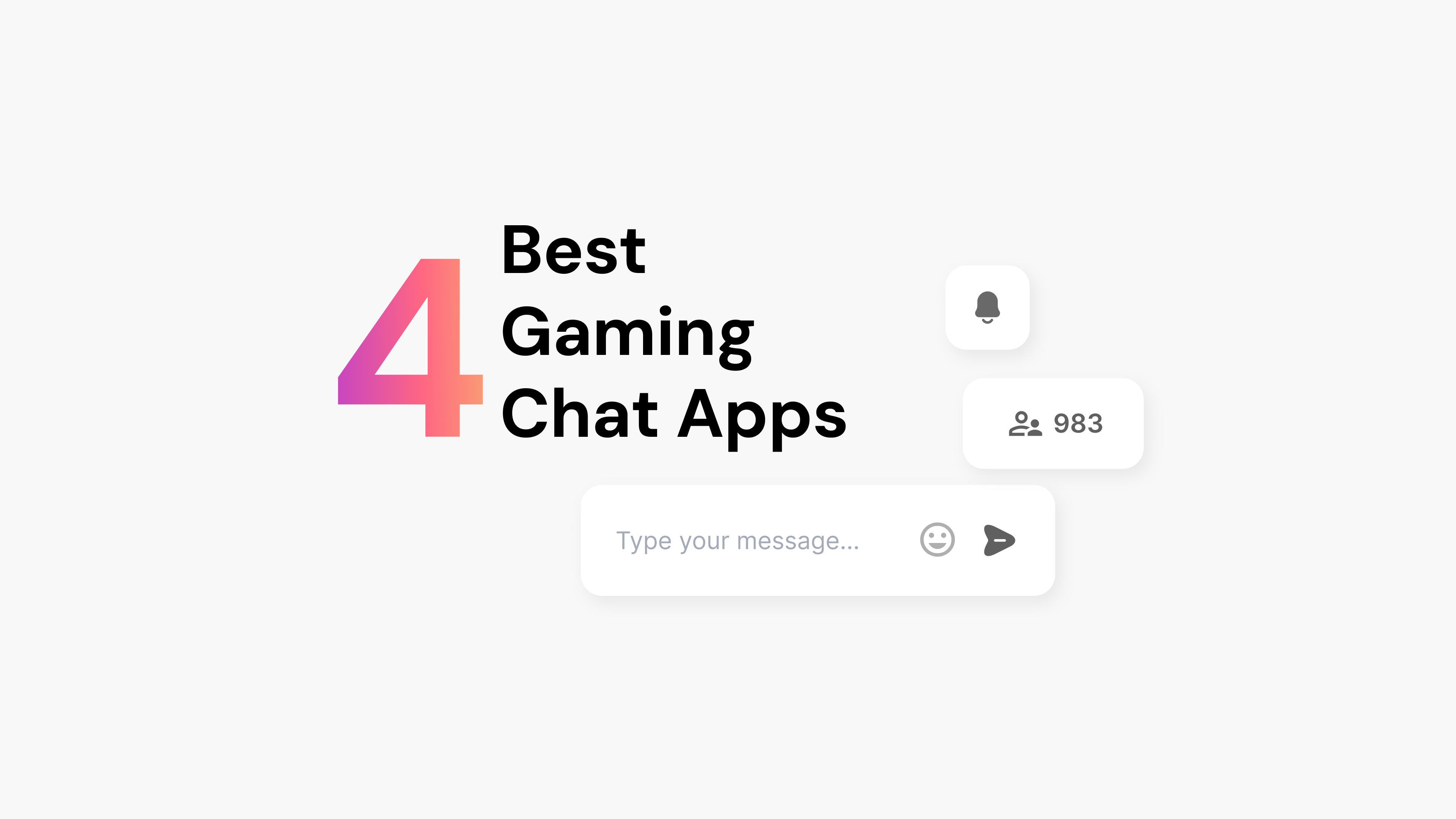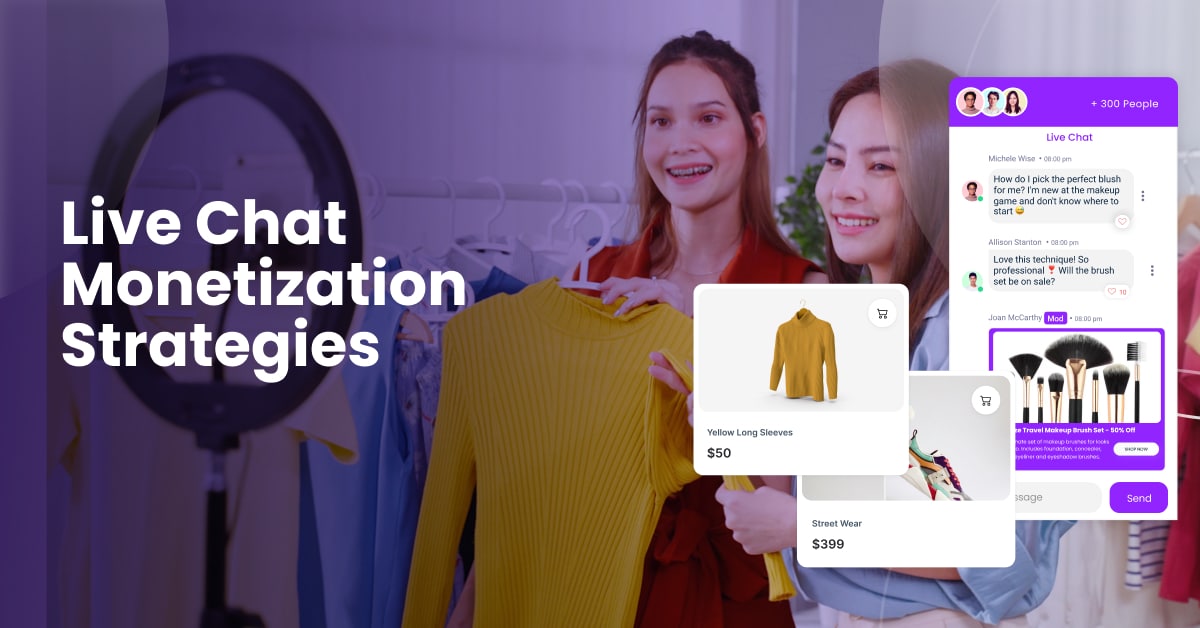What Is Customer Lifecycle Management?
Customer Lifecycle Management (CLM) is the process of tracking and managing each phase of a customer’s interaction with a business.
It starts from awareness and continues through to purchase and loyalty.
Businesses assign metrics to each stage and analyze these metrics to measure performance.
This helps them understand how well they are meeting customer needs.
Key Stages of CLM
- Awareness: Customers first become aware of a product or service.
- Consideration: Customers evaluate options and compare solutions.
- Purchase: Customers decide to buy a product or service.
- Retention: Ensuring customers remain satisfied and continue to use the service.
- Loyalty: Building a strong, ongoing relationship with customers.
Benefits of CLM
- Improved Customer Retention: By understanding each stage, businesses can better meet customer needs, leading to higher customer retention rates.
- Increased Revenue: Tracking and optimizing each stage can lead to more successful sales and marketing strategies.
- Data-Driven Decisions: Businesses can make informed decisions based on metrics collected throughout the lifecycle.
Tools for CLM
- Customer Relationship Management (CRM) Systems: CRM tools help manage interactions with current and potential customers. For a detailed guide on CRM systems, visit HubSpot’s CRM Guide.
- Marketing Automation Software: These tools streamline marketing efforts, making it easier to target customers at different lifecycle stages.
Many companies use customer lifecycle marketing to personalize their approach and enhance customer experiences. This integration helps create a seamless journey from discovery to loyalty.
How Can Customer Lifecycle Management Improve Your Online Store Metrics?
Customer Lifecycle Management (CLM) can significantly impact your online store performance by improving key metrics such as conversion rates and customer retention. Implementing effective strategies can lead to increased revenue and business growth.
What Metrics Should You Focus On?
Conversion Rate: This metric measures the percentage of visitors who complete a desired action, such as making a purchase. By tracking the customer lifecycle from awareness to loyalty, you can optimize each stage of the sales funnel.
Customer Retention: Keeping existing customers can be more cost-effective than acquiring new ones. Focus on retention metrics to maximize lifetime value (CLV) and enhance profitability.
Click-Through Rate (CTR): Measure the effectiveness of your ads and email campaigns. A high CTR can indicate that your marketing strategy resonates with your target audience.
How Do You Implement Effective Strategies?
Developing effective CLM strategies involves a mix of target audience analysis, relevant content creation, and leveraging technology. Use social media platforms and SEO to boost your online presence.
Target Audience Analysis: Understand the needs and behaviors of your ideal customer. This can help tailor your marketing message to meet their specific goals and incentives, leading to more effective ad campaigns and promotions.
Technology: Employing tools like customer lifecycle management software can streamline your efforts. Tools such as EngageBay are useful for CRM, email marketing, and lead generation.
Content Creation: Produce relevant content that engages different stages of the customer lifecycle. This can improve retention and loyalty metrics by continuously providing value.
By focusing on these key metrics and strategies, businesses can effectively enhance their online store performance and ensure sustainable growth.
What Are The Key Stages In Customer Lifecycle Management?
Customer lifecycle management includes several crucial stages that help businesses build strong relationships with their customers. These stages ensure that a customer’s journey is smooth, from initial contact to retention and advocacy.
What Is The Acquisition Stage?
The acquisition stage focuses on attracting new customers. This involves creating awareness about the brand through marketing efforts such as advertisements, social media campaigns, and referral programs. Businesses aim to reach potential customers and persuade them to make their first purchase. Effective acquisition strategies can significantly enhance customer lifetime value.
During this stage, companies analyze data to understand what attracts customers. They use this information to optimize their marketing campaigns. An important metric to track in this phase is the cost per acquisition (CPA), which helps businesses measure the efficiency of their marketing spend.
What Is The Retention Stage?
The retention stage is about keeping existing customers engaged and satisfied. After the initial purchase, businesses aim to build loyalty through exceptional service, loyalty programs, and consistent communication. Satisfied customers are more likely to become repeat buyers, increasing their lifetime value and contributing to long-term success.
Customer satisfaction and loyalty are key metrics in this stage. Tools such as customer satisfaction scores (CSAT) and customer retention rates help businesses assess their performance. Implementing feedback loops allows for continuous improvement and ensures that customers feel valued and heard. By focusing on retention, companies can reduce churn and foster brand loyalty.
How To Analyze Customer Behavior?
Analyzing customer behavior involves using various tools and focusing on key data points to understand how customers interact with a business. It’s essential for improving customer experience and making informed business decisions.
What Tools Should You Use?
To analyze customer behavior, businesses should employ a combination of analytics platforms, CRM systems, and customer feedback tools.
Analytics platforms such as Google Analytics track website interactions, giving insights into how visitors navigate and what content holds their interest. CRM systems gather data from various touchpoints, creating detailed customer profiles and tracking engagement across the customer journey. Customer feedback tools, like surveys and online reviews, provide direct insights into customer experiences and expectations.
Using these tools collaboratively can help businesses create a comprehensive customer journey map, highlighting pain points and opportunities for improvement. They facilitate personalized recommendations and targeted marketing efforts, enhancing the overall customer experience.
Which Data Points Are Most Important?
When analyzing customer behavior, several data points are crucial for gaining valuable insights.
Demographic information helps in segmenting customers and tailoring personalized marketing strategies. Behavioral data, such as pages visited, time spent on the website, and products viewed, provides insights into customer interests and desires. Transaction history reveals purchasing patterns and preferences, guiding inventory management and product recommendations.
Customer feedback is vital for understanding customer satisfaction and identifying areas needing improvement. Engagement metrics, including email open rates and social media interactions, show how well marketing efforts resonate with the audience.
Customer journey maps help visualize all interactions and events, recognizing key touchpoints and stages in the customer lifecycle map. By analyzing these data points, businesses can make well-informed decisions to meet and exceed customer expectations, resulting in a better overall customer experience.
What Are Common Mistakes To Avoid In Customer Lifecycle Management?
Customer lifecycle management involves tracking customer interactions and improving their experience. Avoiding common mistakes can enhance customer satisfaction and loyalty.
What Are Examples Of Ineffective Strategies?
One major mistake is neglecting to use proactive customer service. Relying solely on reactive measures can lead to customer churn. Instead, businesses should anticipate issues and offer solutions before customers face problems.
Failing to personalize customer interactions is another error. Using generic messages instead of tailored recommendations can alienate loyal customers. Companies should leverage data to provide relevant content and exclusive offers.
Ignoring self-service tools is also a common pitfall. Many customers prefer to resolve issues on their own using FAQs, tutorials, or live chat support. Not offering these options can frustrate customers and increase support costs.
How Do You Identify And Rectify Mistakes?
Identifying mistakes involves regularly analyzing customer feedback and interaction data. Tools like surveys and support tickets can reveal pain points. Monitoring these metrics helps pinpoint areas needing improvement.
Rectifying these errors requires implementing best practices. For instance, introducing proactive support efforts or enhancing self-service tools can mitigate issues. Offering exclusive offers and personalized discounts can also improve customer relationships.
Engaging in consistent competitor analysis ensures that your strategies remain competitive. Observing how competitors handle customer lifecycle management can provide insights into effective practices and areas of improvement.
Frequently Asked Questions
This section addresses common inquiries about Customer Lifecycle Management (CLM), outlining key differences with CRM, stages involved, practical examples of implementation, and importance for strategy.
How does customer lifecycle management differ from customer relationship management?
Customer Lifecycle Management (CLM) focuses on the entire journey of the customer, from awareness to advocacy. Unlike Customer Relationship Management (CRM), which mainly handles the ongoing relationship and interactions, CLM tracks and optimizes each stage of the customer journey to improve satisfaction and retention. For more details, visit Customer Lifecycle Management.
What are the primary stages involved in the customer lifecycle?
The customer lifecycle usually includes five stages: Awareness, Consideration, Decision, Retention, and Advocacy. Each stage represents a different phase of the customer’s interaction with a business. Managing these stages effectively can help in increasing customer loyalty and encouraging repeat business.
Can you provide examples of how businesses implement customer lifecycle management?
Businesses implement CLM using various strategies like personalized marketing campaigns, automated email sequences, and customer feedback systems. For instance, a company might use customer lifecycle software to automate and track interactions, making it easier to provide tailored experiences at each stage.
Why is understanding the customer lifecycle important for business strategy?
Understanding the customer lifecycle allows businesses to tailor their marketing, sales, and support strategies to better meet customer needs at each stage. This comprehensive approach can lead to higher customer satisfaction and increased loyalty, which is crucial for long-term success.
What strategies are effective for managing customers throughout their lifecycle?
Effective strategies for managing the customer lifecycle include personalized communication, targeted promotions, and data-driven insights. Offering excellent customer service at each touchpoint and regularly evaluating the effectiveness of strategies can significantly enhance customer experience and retention.
How is customer lifecycle management adapted for the banking industry?
In the banking industry, CLM involves personalized financial advice, tailored loan offerings, and proactive support services. Banks may use customer lifecycle management to track customer interactions and provide timely, relevant services to enhance customer satisfaction and loyalty.



